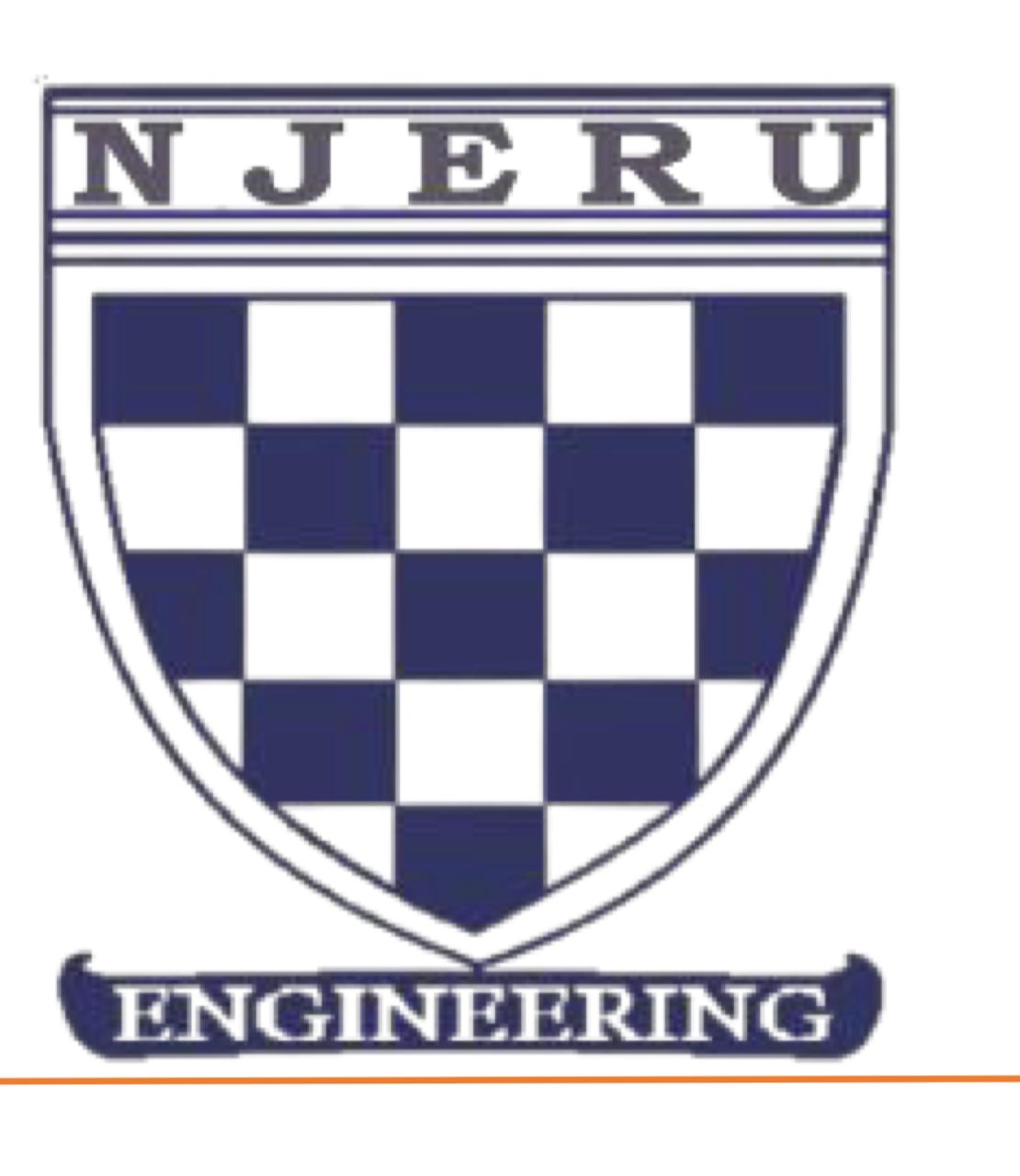Vol: 1 Issue: 2
MATERIAL STRENGTH EVALUATION OF PIPTADENISTRUM AFRICANUM FOR STRUCTURAL DESIGN
Ita E. O, Atowon, A. D
INTRODUCTION
The unique characteristics and comparative abundance of wood have made it a natural material for various end uses, such as furniture, tools, Floor, wall panelling and other structural purpose etc. In-depth knowledge of properties of material and its availability enhances it utilization in any engineering application, Wood is one of the renewable materials used for building purposes due to favourable characteristics; like workability, and high strength to weight ratio. As a global raw material for construction, along other basic construction material, such as cement, plastic, steel, etc. The rapid growing world demand for various end uses and it complex internal multicomponent structure (anisotropy nature of the material); these variations influence the suitability of wood, vsiz wood quality for variety of purposes. The utilization of wood materials shows an upward demand in the building and construction due to some requirements of modern societies being an environmentally friendly and a sustainable material. However, end users of wood materials are frequently confused about these wide variation of wood properties, inline, manufacturer need this in-depth knowledge of wood properties and potential of wood for various products [8][12][13][15]. In Nigeria, dearth of information of strength properties of wood material have imposed, high demand on some species of known material properties resulting to higher depletion of those species in the forest. For Timber construction the knowledge of Physio- mechanical properties of wood are very important, for it end uses [10][1]. The aim of characterization of material is to evaluate its possible use as a structural member [15][6]. Piptadeniastrum africanum is a species that is originated from Nigeria, due to dearth of information of this renewable material is generally use for local medication with less scientific based. Literature shows, P. africanum, the species is widely known in Uganda for construction purposes, yet to be recognized in my locality for loading bearing construction. In Europe the wood is considered an excellent replacement for oak (Quercus spp), the vast biomaterial is not widely accepted in the study area for load bearing construction, despite it availability. The moisture content of wood material influenced dimensional stability and increase in mechanical properties, weight ratio to strength [10][15][11]. Massive utilization of timber material for loading bearing and other moderate load bearing construction is trending, that is returning to nature, increasing it demand for consumption. The strength properties of wood material due to it anisotropic nature depend on the density, moisture content, extractive materials such as (resin, rosin etc) among other factors. [3] The availability of the species is a determinant of it strength appraiser, the study was aimed at determining the physio-mechanical properties; at two moistures content regimes 12% and 20% for its maxi-utilization of the biomaterial for structural purposes.
Materials and methods
Piptadenistrum africanum wood from a saw mill, the age of the wood 15year was determined by the growth
ring, with an average 30cm diameter were selected for the study. The log was given primary processing, the
𝑛 −1
sawn timber of P. africanum were air dried and further oven dried under a control temperature of 1500C to the required moisture content adopted in the study; first above the fibre saturation point (FSP) 20% and 12% moisture content according to ASTM D143-94.
The test sample were machined according to their ASTM standards for various physical and mechanical properties. Test sample studied, moisture content was determined for 12% and 20% respectively, except for apparent density which is basically determined at 12
%M.C. for impact test were carried out in charpy impact machine in accordance to ASTM D 143, other tests were conducted using Universal Testing Machine (UTM); with a loading capacity of 10kN with cross head of 0.01mmin/s. Table 1 shows list of physio- mechanical properties examined.


